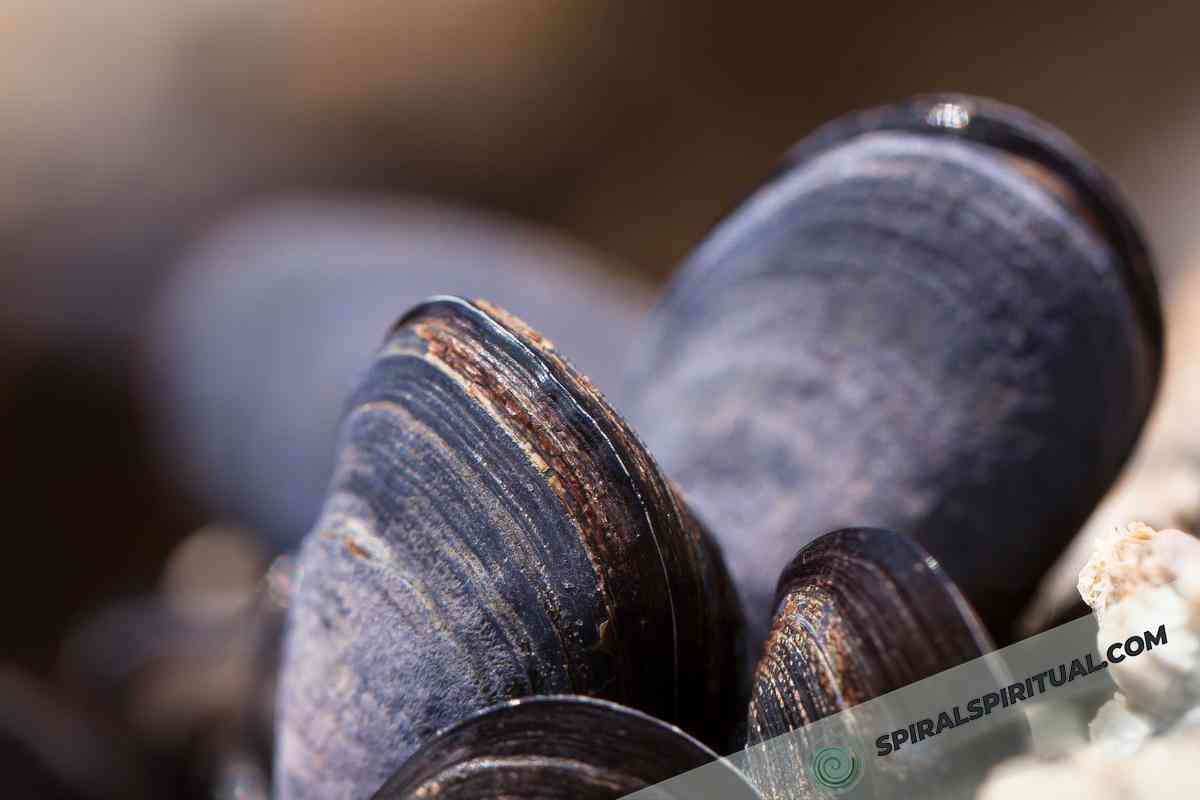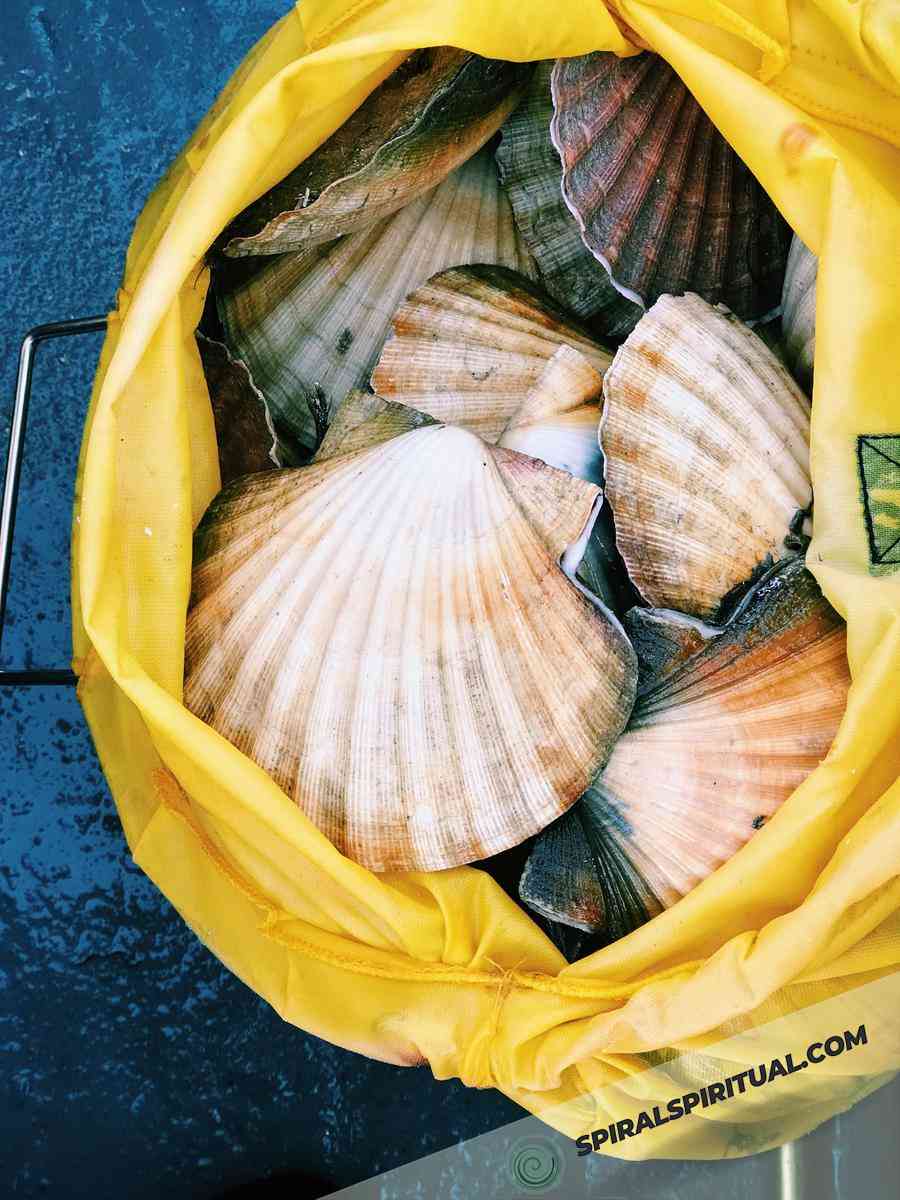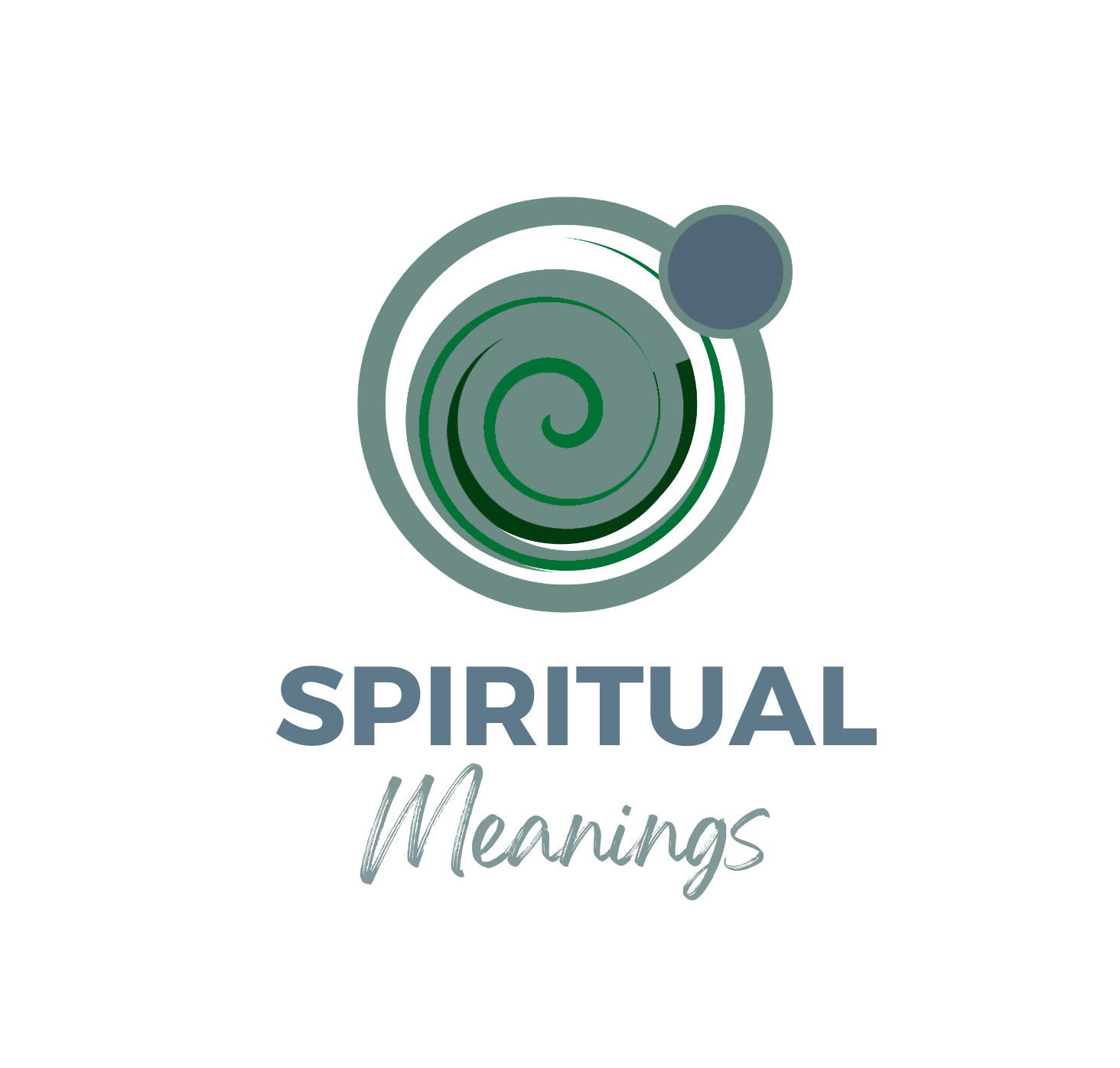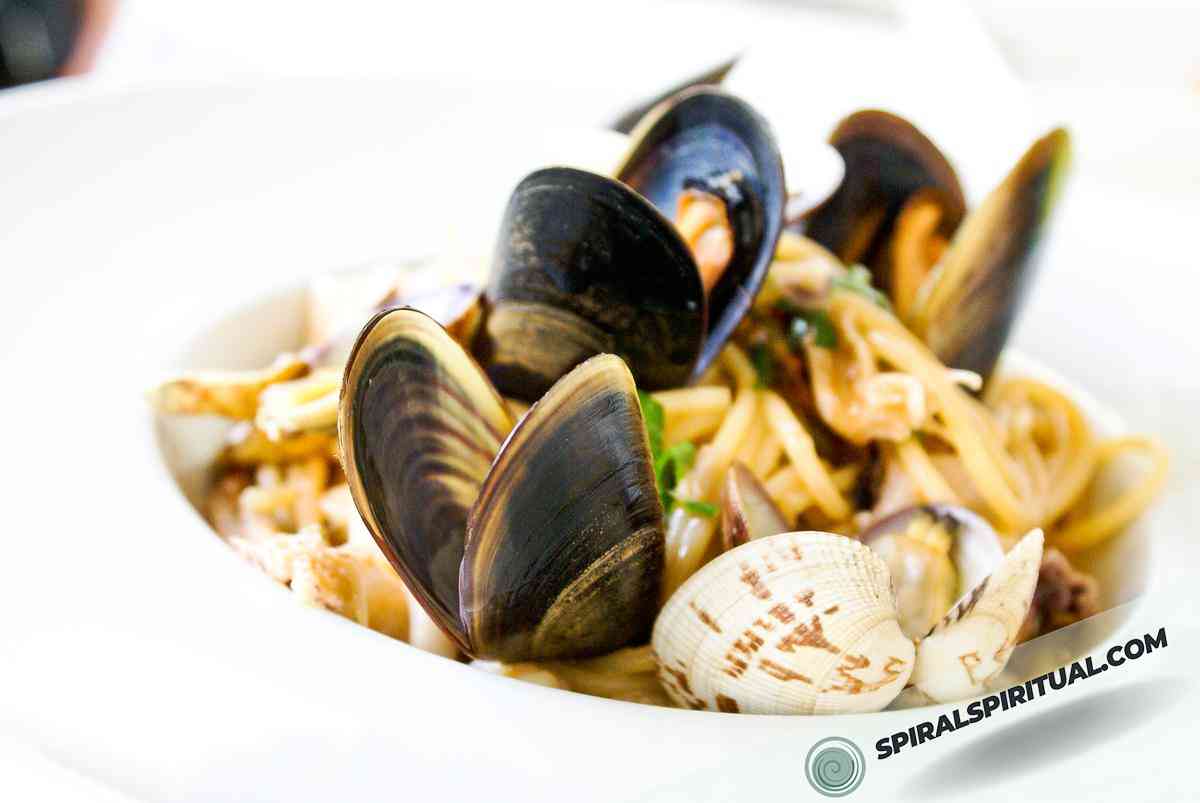What Do Clams Symbolize Spiritually?
Clams stand for spiritual purity, change, and hidden riches. They’re linked to inner calm and a deep bond with the subconscious. Clams show the voyage into oneself to find inner wisdom.
5 Spiritual Meanings Behind the Clam
One summer on vacation, my friend Anna and I found a perfect beach. While exploring, Anna saw a stunning open clam shell in the sand. We admired its intricate designs and wondered about its meaning. The clam stood for serenity and self-reflection – telling us to look inward to find concealed treasures of wisdom and calm.
That moment sparked an interest in us both, starting a journey of self-discovery and spiritual growth. The clam shell had given us the push to explore our souls and inner riches. Its symbolism of going inside oneself to unfold insights would guide us on our path ahead.
The clam holds several general spiritual meanings that transcend cultural boundaries.
- The clam symbolizes purity, representing a state of innocence and untouched beauty. Just as the clam is protected within its shell, it signifies the importance of guarding one’s inner self, shielding it from negativity and impurities.
- It embodies transformation and growth. From a tiny grain of sand, a pearl is formed, symbolizing the ability to turn challenges into treasures. The clam reminds us that hardships can be catalysts for personal development and inner strength.
- It signifies hidden treasures. Deep within its shell, a pearl is concealed, representing the idea that valuable insights and wisdom can be found within ourselves if we take the time to delve into our inner depths. The clam encourages us to search for these hidden treasures within, leading to self-discovery and higher consciousness.
- Another spiritual meaning of the clam is tranquility. Just as the clam lies peacefully in the serene ocean, it reflects the need for finding inner peace amidst the chaos of life. It suggests the importance of calming the mind, connecting with our inner selves, and finding solace in moments of stillness and introspection.
- The clam represents the cyclical nature of existence. As it opens and closes its shell, it symbolizes the continuous process of birth and rebirth, reminding us of life’s ever-evolving cycles. The clam prompts us to embrace change, adaptability, and the natural flow of life. It encourages us to ride the waves of transformation with grace and resilience.
The Symbolism of Clam in Different Cultures
The symbolism attributed to the clam varies across different societies:
- Ancient Greek mythology links the clam to the goddess Aphrodite, representing notions of love, beauty, and fertility, as Aphrodite herself is believed to have emerged from a shell.
- Native American cultures recognize the clam’s significance as a symbol of abundance and sustainability, as it provided a vital source of sustenance.
- In Chinese culture, the clam is associated with good luck and prosperity, with its round shape symbolizing harmony and completeness, and the pearls it produces regarded as a sign of wealth and success.
- Similarly, Japanese folklore highlights the clam’s role as a messenger from the Sea God’s Palace, carrying messages of wisdom, transformation, and protection. Its presence is believed to bring fortune while warding off malevolent spirits.
Clam Color
| Color | Symbolic Meanings |
|---|---|
| White | White is often associated with purity, innocence, and clarity. It symbolizes cleanliness and simplicity. According to some beliefs, white is the color of spiritual awakening and enlightenment. |
| Blue | Blue is commonly linked to calmness, serenity, and tranquility. It represents peace, trust, and harmony. Blue is often associated with the element of water and is considered a healing color. |
| Green | Green is strongly associated with nature, growth, and vitality. It symbolizes freshness, renewal, and fertility. Green is also connected to balance, harmony, and abundance. |
| Pink | Pink is often associated with love, tenderness, and compassion. It represents femininity and is sometimes linked to the heart chakra, emphasizing emotions, affection, and nurturing qualities. |
| Brown | Brown is commonly associated with earthy elements, stability, and reliability. It signifies grounding, security, and a connection to the natural world. Brown is often tied to concepts of endurance and practicality. |
| Black | Black is often associated with mystery, power, and the unknown. It can represent strength, authority, and elegance. Black is also associated with introspection and often holds symbolism in relation to transformation and hidden truths. |
Is the Color of Clam a Good Omen?

Some people keep clams as pets since they think they invite good fortune and positive vibes. Clams are seen as representing prosperity, plenty, and harmony. By having clams in homes or tanks, people aim to draw in good luck and make a serene space. This belief in clams predicting positive things shows our wish for good things and power symbols have to sway our lives. It reflects hoping clams as pets can cultivate an environment of tranquility and abundance through their symbolic meaning.
If They’re Appearing in Your Dreams
Dreams involving clams can hold different symbolic meanings. According to dream analysis experts, clams often represent hidden emotions, inner peace, and self-protection. They may symbolize the need to shield oneself emotionally and be cautious in revealing one’s vulnerabilities. A quote from “The Element Encyclopedia of 20,000 Dreams” by Theresa Cheung suggests that dreaming of clams may imply a need for self-reflection and exploration:
“A clam may be hinting that you need to search within.”
Dreams with clams can connect to ideas of abundance and prosperity too. Since clams link to treasure and precious pearls.
Important to note dream meanings are subjective – clams in dreams have different significance across cultures and personal backgrounds.
The interpretation here relates to general symbolism tied to clams in dreams and perspectives from dream analysis works. But the exact meaning depends on an individual’s experiences and beliefs.
Overall though, clams in dreams frequently relate back to concepts of hidden riches, resources and positive surprises waiting to be unveiled.
If You See a Dead Clam

Seeing a dead clam in a dream may signify:
- Suppressed emotions
- Missed opportunities
- The end of a phase or relationship
A dead clam in a dream can have symbolic meaning too. It might represent feelings of being stuck or grieving something lost.
The lifeless clam could signify a need to release old experiences and negative feelings to progress. As dream analysis says, deaths often relate to change and moving on.
So in general, the dead clam may indicate releasing aspects of the past to foster new beginnings or personal growth.
Rounding it Up
Throughout various cultures, clams hold spiritual symbolism that transcends borders. They are associated with:
- Purity
- Abundance
- Hidden emotions
- Introspection
The color of a clam further adds to its significance, representing qualities of innocence, tranquility, and mystery. Even in dreams, clams hold meaning, indicating the need for self-reflection and emotional protection. The spiritual symbolism of clams encompasses diverse aspects of human existence, reminding us to delve within ourselves, appreciate abundance, and navigate the complexities of our emotions.
References
Here is the literature that was used for writing this article:
- “Animal-Speak: The Spiritual & Magical Powers of Creatures Great & Small” by Ted Andrews, Llewellyn Publications, 2002.
- “Animal Symbolism in Spiritual and Mythological Traditions” by Sarah Whedon, Rowman & Littlefield Publishers, 2008.
- “Animal Spirit Guides: An Easy-to-Use Handbook for Identifying and Understanding Your Power Animals and Animal Spirit Helpers” by Steven D. Farmer, Hay House, 2006.


